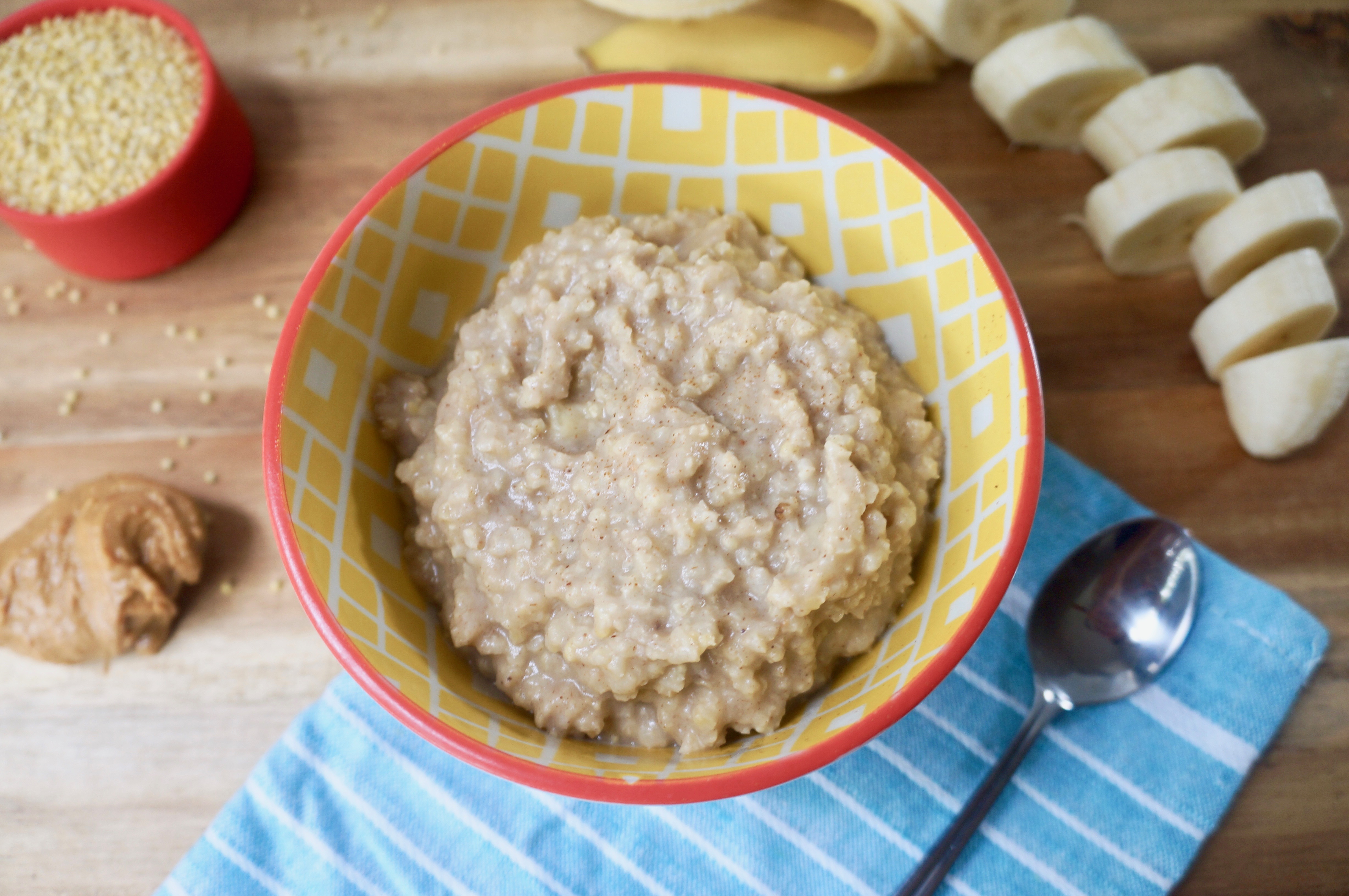Share This
In 2007, as white rice came to dominate government distribution programs in India, a dedicated group of rural women become fed up with this nutritionally inferior option, knowing that a traditional whole grain, millet, would be better for both people and the planet. Together, they created the Millet Network of India to encourage more farmers to plant this nutritious crop, and to encourage government feeding programs to include millet among the food options offered. Thanks to their hard work, in 2011, millet became available through India’s Public Distribution System, and a few years later, this traditional whole grain began being included in school lunches for children.
Soon however, millet’s legacy for both human and environmental health may reach yet another milestone. Just this week, FoodNavigator-USA reported that 2023 will be declared The International Year of Millet by the United Nations. While it’s too soon to say what impact this celebration may have on millet production and consumption, other crops previously recognized by the United Nations international observances have transformed food and wellness trends around the world. Just look what happened to a little-known South American grain after the International Year of Quinoa in 2013.
Millet is a whole grain with a rich culinary history throughout India, China, South America, and Russia. Technically, millet is not just one grain but the name given to a group of several small related grains that have been around for thousands of years and are found in many diets around the world. They include pearl millet (Pennisetum glaucum), foxtail millet (Setaria italica), proso millet (Panicum miliaceum), finger millet/ragi (Eleucine coracana), and fonio (Digitaria exilis). Finger millet was also recognized in the Future 50 Foods report from the World Wildlife Foundation and Knorr, a list of 50 crops to eat more of to improve both nutrition and biodiversity.
In the United States, most millets available at supermarkets are common/proso millet and are labeled simply as “millet.” Other varieties of millet, such as foxtail millet or finger millet, can be a little bit trickier to track down in the United States, and are more widely available in other countries like India. If you can’t find millet near you, look for a provider on our mail order grains page to get millet (typically common/proso millet) shipped to your doorstep.
Millet is a good source of protein, fiber, magnesium, copper and phosphorus and an excellent source of manganese, providing about 190 calories, 4 grams of fiber, and 6 grams of protein per (45 gram) serving. This versatile whole grain has an inviting, almost buttery flavor that pairs well with mushrooms, herbs, warm spices, scallions, and squash.
While we wait for the calendar to turn to 2023 to see millet get its due, we’ll be perfecting our favorite millet recipes and converting new millet enthusiasts. Are you ready to dive into the wonderful world of millets? Here are a few of our favorite millet recipes:
- Banana Millet Walnut Porridge (pictured right)
- Millet Cauliflower Mashed Potatoes
- Millet with Zucchini and Chickpeas (pictured top)
- Creamy One Pot Millet with Chicken, Goat Cheese, and Grapes
(Kelly)



Comments
Add a Comment